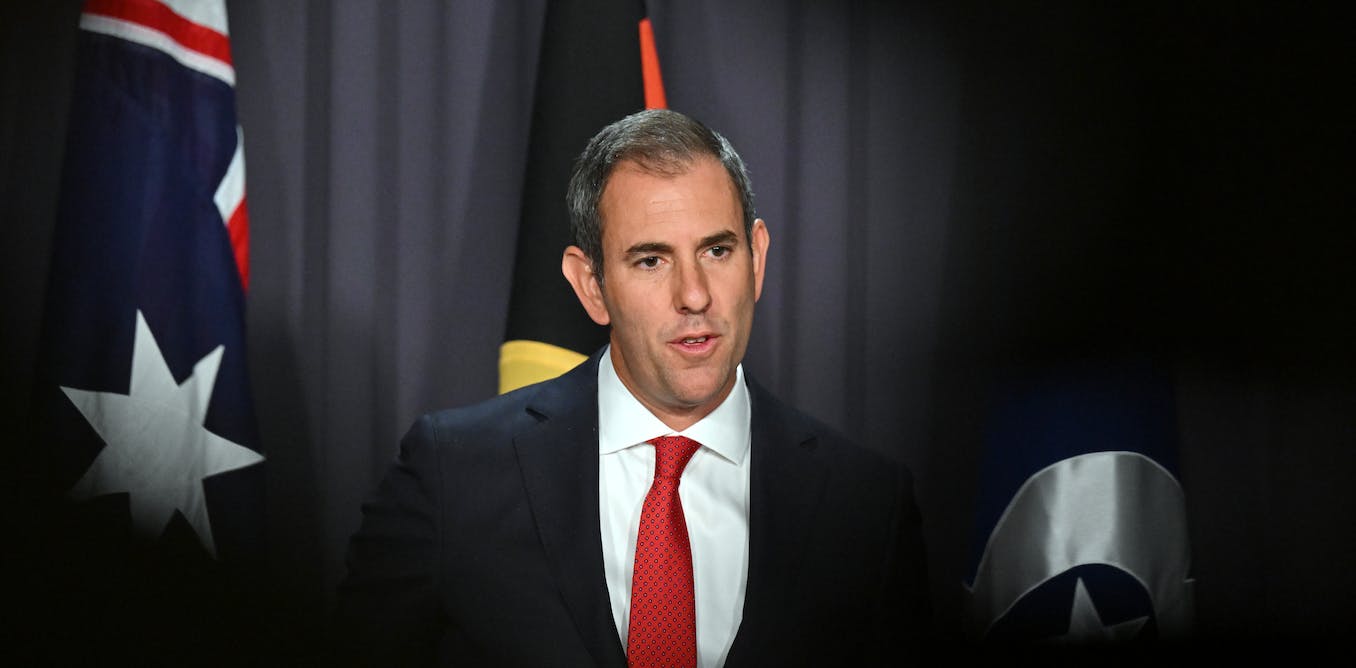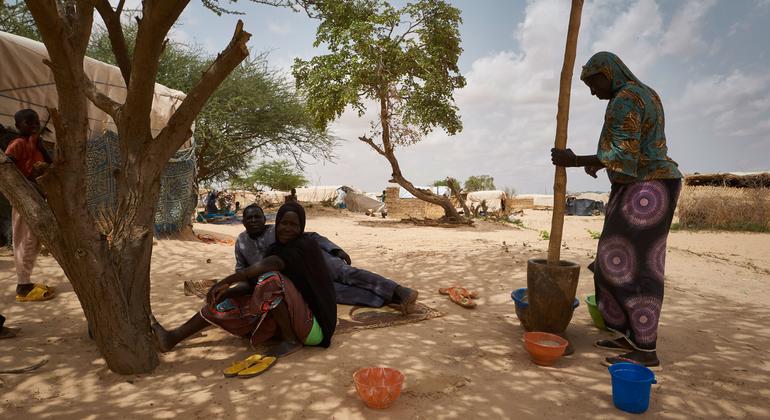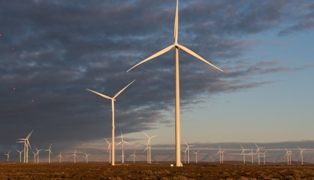Treasurer Jim Chalmers has laid out an economic blueprint for pursuing “values-based capitalism”, involving public-private co-investment and collaboration and the renovation of key economic institutions and markets.
In a 6000-word essay in The Monthly titled “Capitalism after the crises”, Chalmers declares the Labor government wants “to change the dynamics of politics, towards a system where Australians and businesses are clear and active participants in shaping a better society”.
Chalmers’ essay looks to the future after the uncertainties of three global crises – the GFC, the pandemic, and the current energy and inflation shock.
The essay comes 14 years after then prime minister Kevin Rudd’s essay in The Monthly on the GFC, and will be seen in terms of Chalmers’ longer term leadership ambitions as well as his directions as treasurer.
While the three crises have been very different, Chalmers writes, their common thread is “vulnerability. In each case our communities, economies, budgets, environment, financial and energy markets, international relationships, and our politics – already fragile enough – became more so.”
Chalmers says Australia’s current economic outlook is being largely shaped by the war in Europe, how China emerges from its COVID-zero policy, potential recessions in large northern hemisphere economies, domestic interest rate rises, and the uncertainty of future natural disasters.
Australia’s growth is expected to slow considerably this year, and unemployment is expected to rise from historic lows.
“But Australia can do more and do better than just batten down the hatches in 2023 or hope for the best,” Chalmers writes.
“We can build something better, more meaningful and more inclusive.”
Doing so relies on three objectives: an orderly energy and climate transition; a more resilient and adaptable economy, and growth that puts equality and equal opportunity at the centre.
“How do we build this more inclusive and resilient economy, increasingly powered by cleaner and cheaper energy?
“By strengthening our institutions and our capacity, with a focus on the intersection of prosperity and wellbeing, on evidence, on place and community, on collaboration and cooperation.
“By reimagining and redesigning markets – seeking value and impact, strengthening safeguards and guardrails in areas of unchecked risk.
“And with coordination and co-investment – recognising that government, business, philanthropic and investor interests and objectives are increasingly aligned and intertwined.”
Stressing the need for open thinking, Chalmers foreshadows that “a depoliticised and more regular” Intergenerational Report will give a clear sense of Australia’s long term future, a Tax Expenditure Statement will provide more transparency about budget pressures, and the Employment White Paper will plan for a highly skilled work force.
Chalmers says the government will “renovate” the Reserve Bank, and “revitalise” the Productivity Commission.
“These institutions need to help deliver change in areas of disadvantage, to prod and inform and empower,” he says.
“It’s not just our economic institutions that need renewing and restructuring, but the way our markets allocate and arrange capital as well.”
In this, governments have a leadership role, not in “picking winners” but in “defining priorities, challenges and missions”.
One powerful tool for this is “co-investment”, Chalmers says, citing the role of the Clean Energy Finance Corporation.
Just as important is “collaboration” with the private sector. “There’s a genuine appetite among so many forward-looking businesspeople and investors for something more aligned with their values, and our national goals.”
Market design and disclosure are also important “to ensure our private markets create public value.”
Chalmers points to the clean energy sector as an example of how private investment increases when the government ensures there is first class information.
“So in 2023, we will create a new sustainable finance architecture, including a new taxonomy to label the climate impact of different investments. This will help investors align their choices with climate targets, help businesses who want to support the transition get finance more easily, and ensure regulators can stamp out greenwashing.”
The government will also try to expand “impact investing”.
“Across the social purpose economy, in areas such as aged care, education and disability, effective organisations with high-quality talent can offer decent returns and demonstrate a social dividend – but they find it hard to grow because they find it hard to get investors.
“Right now, the market framework that would enable that investment in effect doesn’t properly exist.”




